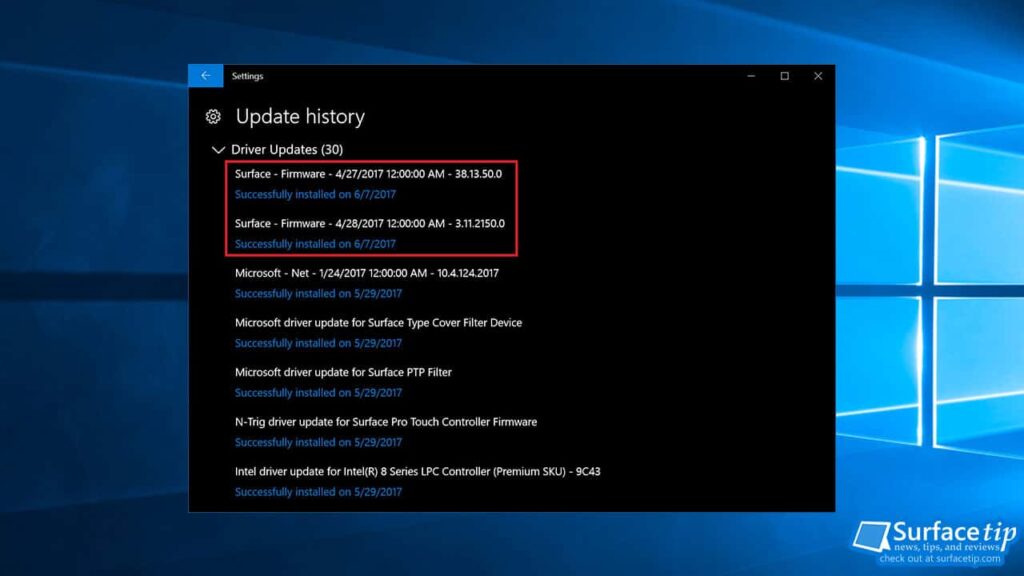

OWL 2 is an extension and revision of the 2004 version of OWL developed by the (now closed) and published in 2004. The current version of OWL, also referred to as “OWL 2”, was developed by the (now closed) and published in 2009, with a Second Edition published in 2012. OWL is part of the W3C’s Semantic Web technology stack, which includes RDF, RDFS, SPARQL, etc. OWL documents, known as ontologies, can be published in the World Wide Web and may refer to or be referred from other OWL ontologies. OWL is a computational logic-based language such that knowledge expressed in OWL can be exploited by computer programs, e.g., to verify the consistency of that knowledge or to make implicit knowledge explicit. The W3C Web Ontology Language (OWL) is a Semantic Web language designed to represent rich and complex knowledge about things, groups of things, and relations between things. Publication date: (with a previous version published at: ).


 0 kommentar(er)
0 kommentar(er)
